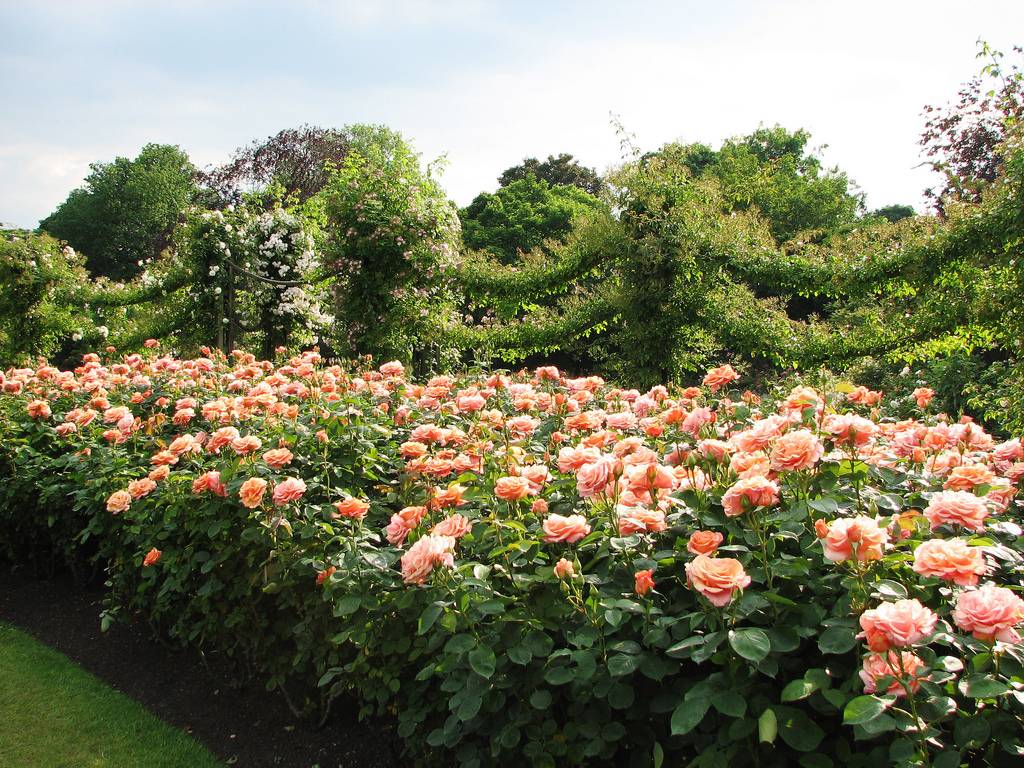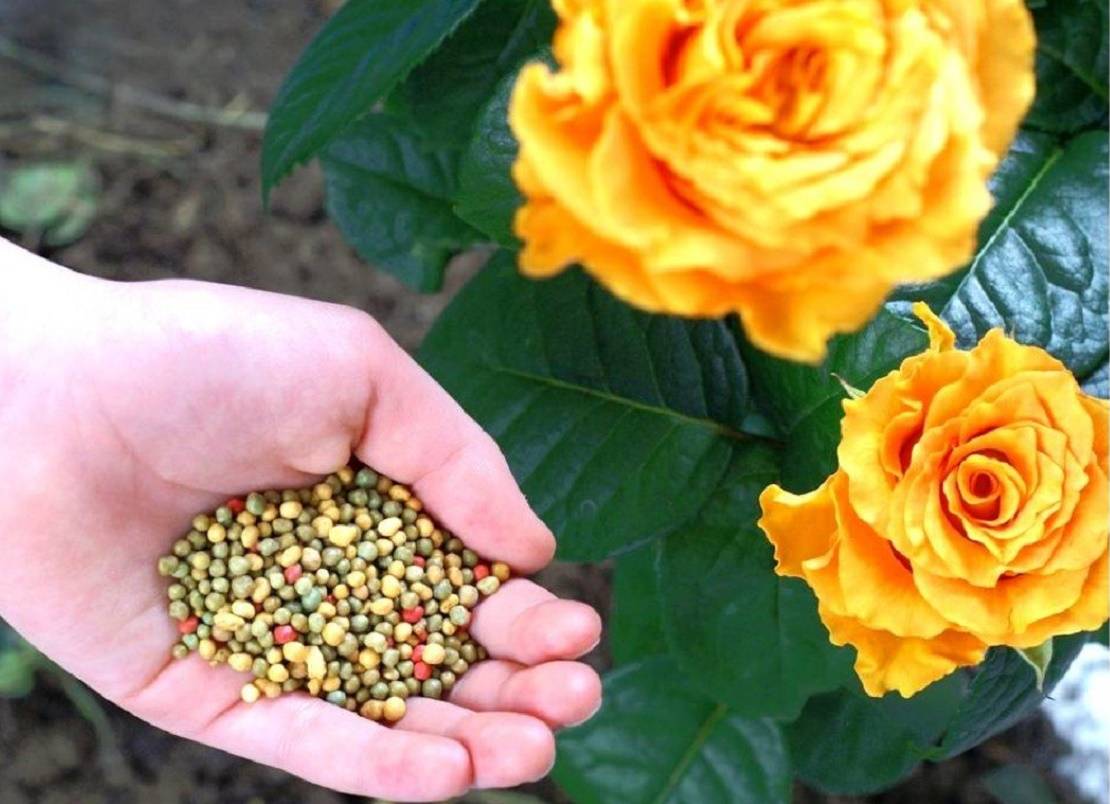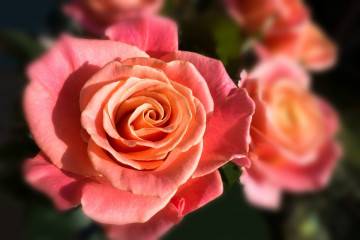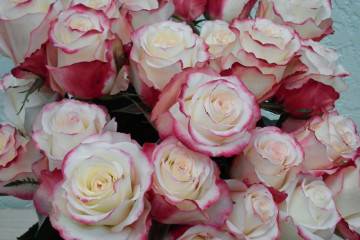Rose Goldelse - what kind of floribunda is it?
Content:
Rose is considered the queen of garden plants for a reason. Its lush bright flowers will become a real decoration of any suburban area. Currently, flower growers have a wide selection of varieties of this plant. One of them is the Goldlse rose. It is used for growing outdoors or in containers. Although the plant is quite unpretentious, you need to know the basic rules for planting and caring for it.
Rose Goldelze: description of the variety, history of creation
Rose Goldels is a Floribunda. It was launched relatively recently - in 1999. The flower was obtained by crossing polyanthus, musk and tea roses. Goldelsa is continuously flowering. The most active buds bloom in July. They have an orange tint and reach a diameter of 10 cm. The buds are collected in inflorescences of 4-6 pieces. One flowering period lasts about two weeks, after which the next comes. In some cases, on the same bush, the buds can have different shades of orange.
Since the shrub is small (no more than 80 cm in height), it is often grown in flowerpots and containers. The width of a horticultural crop can be no more than 60 cm in diameter.
Advantages and disadvantages
Like any plant, Goldelse has its own advantages and disadvantages. The pluses include:
- disease resistance;
- high frost resistance;
- abundant and long flowering;
- compact size.
The plant has few disadvantages:
- slow growth;
- compulsory shelter for the winter;
- exactingness to the irrigation regime.
Use in landscape design
Initially, the rose was used to decorate gardens by the British. They learned how to make flower beds colorful and combine different types of plants. Therefore, Gold Elsa is suitable for creating flower beds in the English style. It also looks good in flowerpots, it is used to decorate balconies and verandas. In a group landing, Elsa stands out against the backdrop of the green lawn.
Rose Golden Elsa: growing, proper planting in open ground
Despite the unpretentiousness of the flower, planting must be performed, observing certain conditions. At home, Goldelsa is grown by seedlings. They should be bought in specialized stores to avoid the risk of purchasing low-quality planting material.
Boarding time
Rose planting can be done in spring and autumn. The best time to do this is in April. Autumn planting should be carried out so that the seedling has time to gain strength by the beginning of frost.
Pick-up location
The plant loves partial shade, therefore, it must be chosen a place so that the bush is not in the open sun. Otherwise, the flowers will wilt faster, and the leaves will get burned. You should also protect garden culture from the effects of drafts.
Preparing the soil and flower for planting
Before planting a plant, you need to prepare the soil. For this, the garden soil is mixed with peat, humus and sand. The substrate should be light, breathable and rich in nutrients.
Before planting in open ground, seedlings are removed from the container and the roots are straightened. Scissors that are too long are trimmed with scissors or pruning shears. Seedlings will need treatment with growth stimulants.
Step-by-step planting procedure
It is necessary to plant a Golden Elsa rose in the following sequence:
- A hole is dug larger than the root system.
- The bottom of the pit is lined with a drainage layer and covered with humus.
- The roots of the seedling are straightened and neatly placed in the hole.
- Water is poured into the hole and the soil is filled up. The surface is lightly compacted.
- Mulching is carried out.
If you do everything right, the rose will actively grow and give abundant flowering.
Plant care
Rose Gold Elsa is not demanding in care, but for proper growth it is necessary to adhere to the basic rules of agricultural technology.
Watering and humidity
One of the few disadvantages of the plant is its exactingness to the frequency of watering. On average, one bush needs a bucket of water per week. In drought, this amount increases. In autumn, the frequency of humidification is reduced.
Top dressing and soil quality
Top dressing has a great impact on the splendor and duration of flowering, so they must be done regularly. In spring, organic fertilizers are used, but it is worth strictly observing their dosage so as not to cause a burn of the root system.
In autumn, the plant is fed with mineral compounds. To do this, it is better to purchase a complex fertilizer for roses.
A light, moist and nutritious soil is used for planting a rose. Preference should be given to loams.
Pruning and replanting
Rose Goldelsa needs regular sanitary pruning. It is better to perform it in the spring, since the autumn procedure can weaken the bush before wintering.
It is necessary to remove old and dried shoots. This should be done with a sharp knife or scissors so as not to damage the plant. In addition, wilted buds should be cut off in order to provoke the appearance of new ones. The plant is transplanted only if absolutely necessary, using the method of planting young flowers.
Wintering features
Even despite its high frost resistance, the Goldels rose needs shelter for the winter. To do this, the root zone of the bush is sprinkled with earth, and straw or leaves are lined on top of it. During severe frosts, the plant itself must also be protected. Any woven fabric can be used.
Blooming rose
The period of active growth and flowering at Golden Elsa falls in the summer, and towards the end of autumn it goes into a state of dormancy. At the time when the buds are blooming, the plant needs special care. Wilted buds are regularly removed from the bush. It is also very important to feed the flower during this period. It is best to use organic or phosphate fertilizers. It is important to remember that it is prohibited to introduce nitrogen preparations during active flowering.
Rose does not bloom - what to do
In some cases, you may not wait for the rose to bloom. This may be due to the following reasons:
- insufficient amount of light;
- few nutrients;
- lack of trimming or improper execution;
- wrong watering regime;
- frequent feeding;
- exposure to diseases and pests.
In the absence of flowering, it is necessary to find out the cause as soon as possible and take measures to eliminate it.
Reproduction
Whichever rose variety is grown, it is best to propagate it by cuttings. And the Goldelse rose is no exception. This option for her is the only way to get a new bush.
Planting material is best harvested from mid-June to early July. It is recommended to choose healthy shoots that have just finished flowering. It is important to ensure that the cuttings are not woody, since they will not be able to get a new plant from them.
The seedling is cut from the shoots so that three buds remain on it. Leaves on cuttings should be left only on top, and the rest should be removed. Before planting, the material is treated with a growth stimulant so that the roots develop more actively, and the plant itself takes root faster.
The most correct rooting option is planting in open ground. For this, the soil is prepared in advance, namely, it is mixed with sand. Then cuttings are placed in it, covered with a transparent jar or a cut bottle.
Diseases and pests
Despite the high immunity to various diseases, Goldelsa may be susceptible to some of them. The most dangerous are the following:
- spotting;
- gray rot;
- powdery mildew.
Of the pests that can harm the plant, aphids are the most dangerous. To combat these problems, the flower must be regularly inspected in order to detect the appearance of disease or insects in time. If found, the bush is treated with fungicides or insecticides. It is recommended to do this as a preventive measure.
Rose Goldelsa is one of the brightest representatives of the family. With its help, you can decorate a summer cottage, a balcony or a veranda. The flower does not require special care, so even a novice gardener can grow it.




















